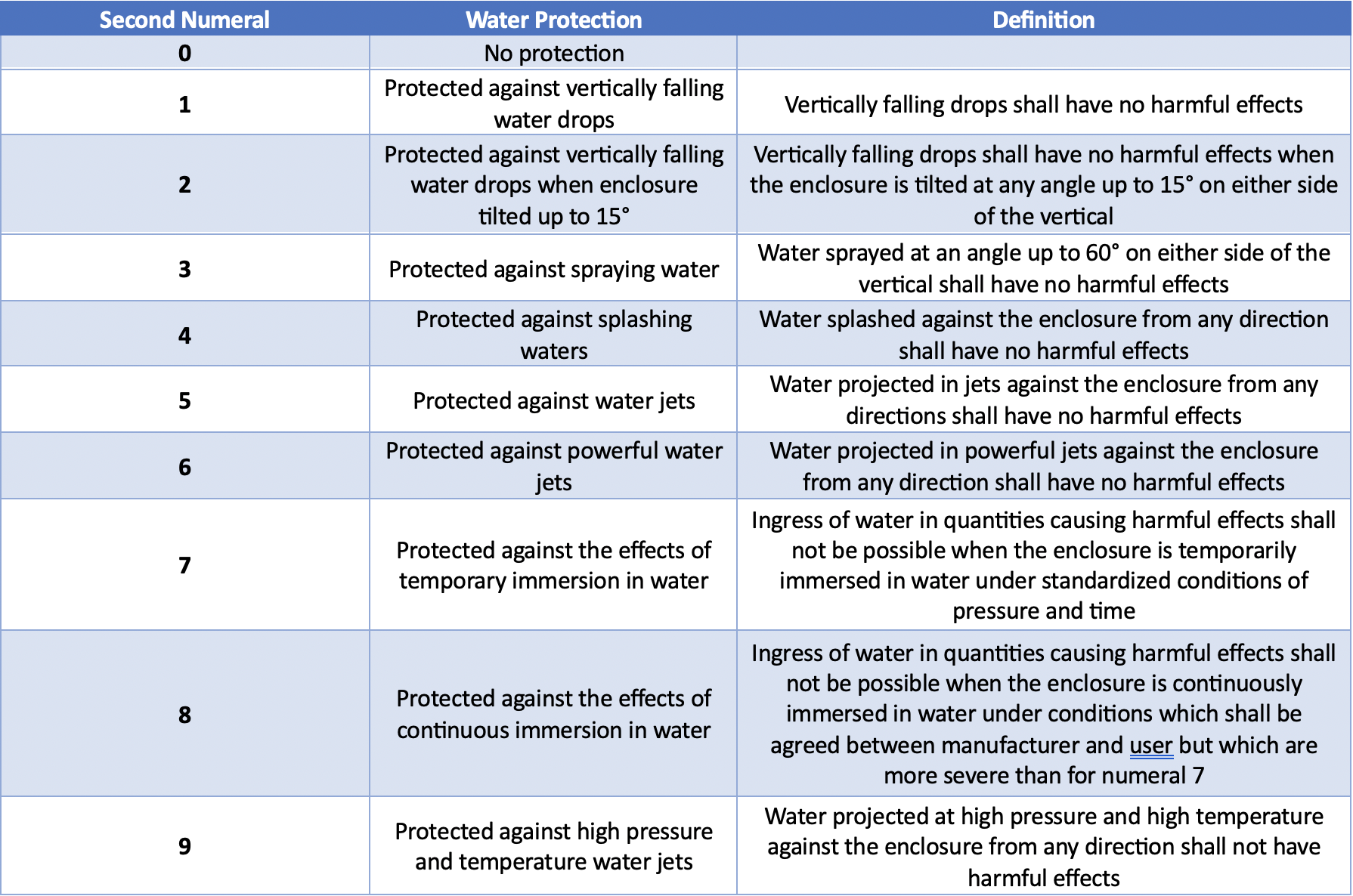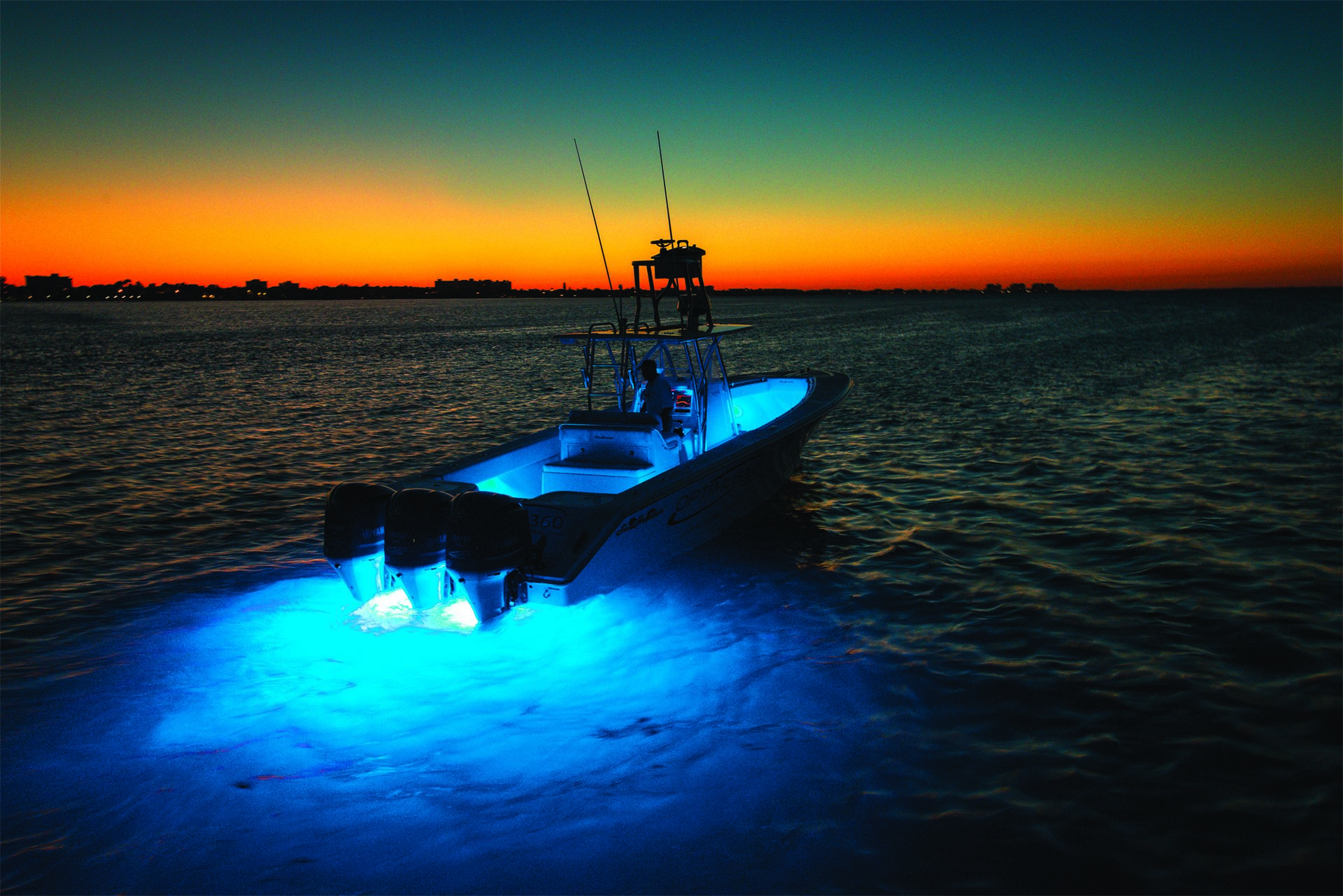When selecting and purchasing electronics and electrical equipment for your boat, you may notice many products are marketed as "waterproof" or "water-resistant" followed by a string of letters and numbers like “IP65”. This rating can apply to anything that uses electrical power to function, from something as simple as an on/off switch or an LED light up to more complex electronics like multi-function displays or battery chargers and converters. But what exactly does that rating mean?
What is an IP Rating?
An ingress protection (IP) rating indicates how well a device is protected against water and dust. Defined by the International Electrotechnical Commission (IEC), IP ratings provide a guideline to the degree of protection provided by mechanical casings and electrical enclosures against the intrusion of solids and liquids.
Because electric and electronic equipment can deteriorate or malfunction when water or dust enters the device, it is important to understand exactly how tight the seal is on any given piece of electrical equipment beyond just “water-resistant” or “waterproof,” which is why the IEC developed this standard.
An IP rating is broken down to two numbers, the first indicating the device’s protection against ingress of solids like sand, salt and dust, while the second number indicates the device’s protection against ingress of liquids. The charts below define the level of protection associated with each number.


Why Do IP Ratings Matter for Boating Equipment?
The main consideration regarding IP ratings is where on the boat the device in question will be installed. Let’s take LED lights as an example. An interior cabin light does not need to be waterproof as it will not be directly exposed to the elements. For a deck light or navigation light that might get sprayed down by a hose or take direct sea-spray and waves, you wouldn’t want anything less than IP65 and a rating of IP66 or IP67 would be preferable. Something mounted below the waterline on the exterior of the hull, like an underwater light, must be rated IP68 or higher.

The same should be taken into consideration for something like a battery charger mounted in wet locker, bilge or under the helm in a center console where the console itself may not be entirely sealed off from the elements outside. If there’s any chance of water splashing into the location where it’s mounted, you’ll want to have a charger that’s rated at least IP65 to avoid the risk of frying it if it gets wet. Something like a multi-function display that’s mounted on an external helm like a center console or flybridge should be at least IP66 or higher.
Always be sure to check on IP ratings with the manufacturer of a given device once you’ve determined the installation location, as many companies offer the same or similar devices with varying IP ratings. If you have questions or would like any additional information on the IP ratings of Imtra products, please feel free to contact us or check the specifications tab on any product page.